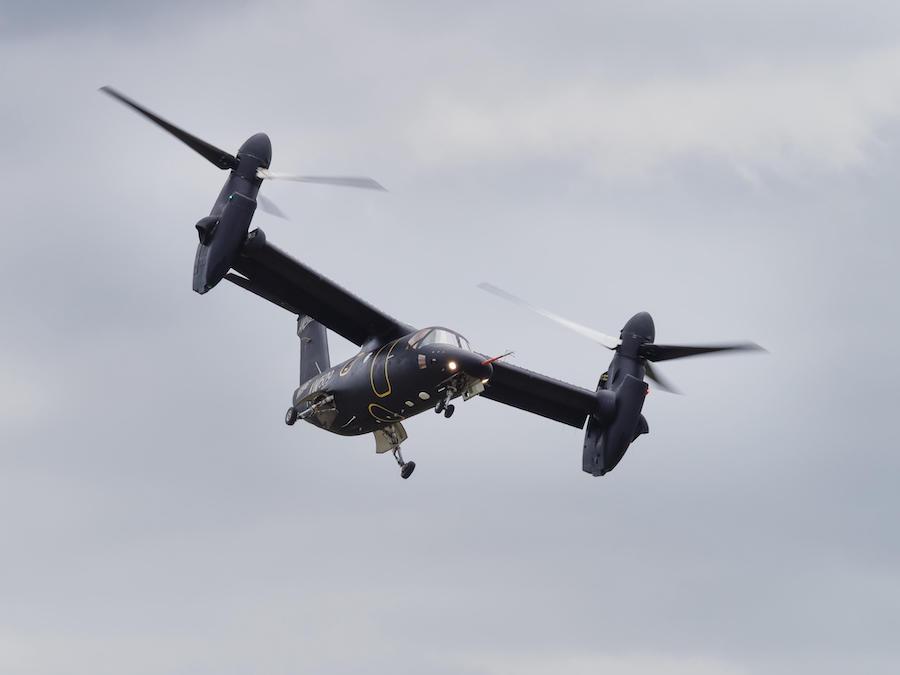
Despite first flight 20 years ago, the AW609 still awaits type certification.
Credit: Andrew Oxley / Alamy Stock Photo
ATLANTA—Key milestones for Leonardo Helicopters’ tiltrotor development, including certification of its AW609 and the first flight of its Next Generation Civil Tilt Rotor (NGCTR) technology demonstrator, look set to slip into 2024. Supply chain issues are pacing the development of the NGCTR—the...
Subscription Required
This content requires a subscription to one of the Aviation Week Intelligence Network (AWIN) bundles.
Schedule a demo today to find out how you can access this content and similar content related to your area of the global aviation industry.
Already an AWIN subscriber? Login
Did you know? Aviation Week has won top honors multiple times in the Jesse H. Neal National Business Journalism Awards, the business-to-business media equivalent of the Pulitzer Prizes.
